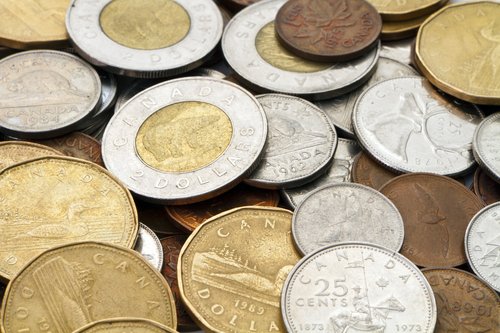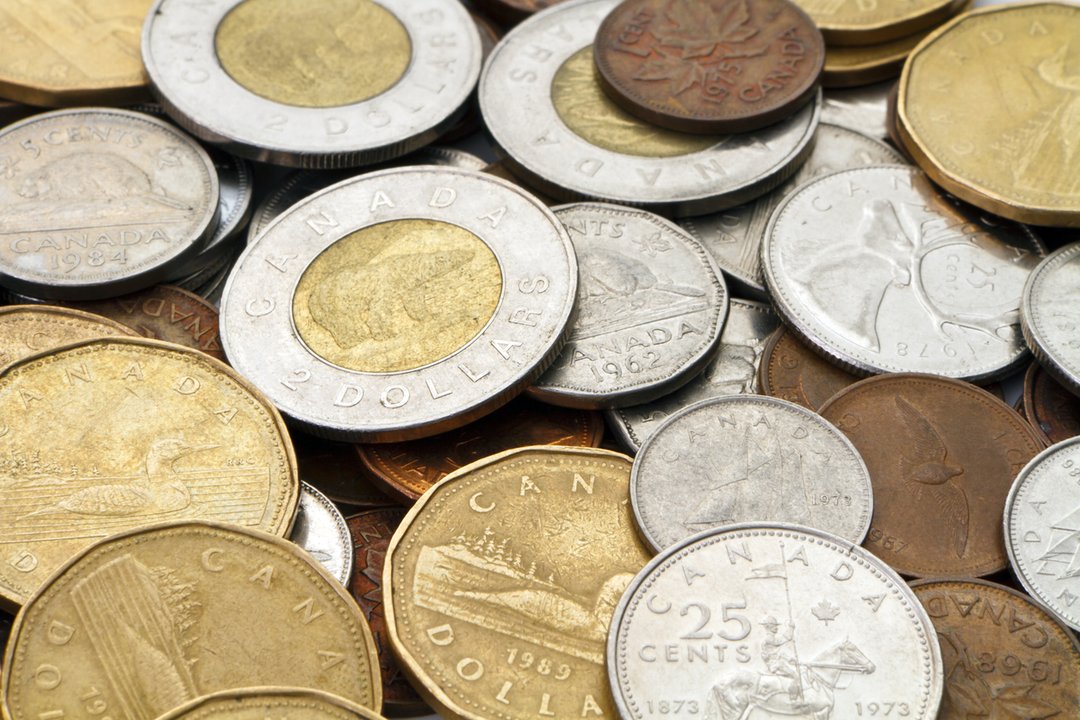
The Canadian dollar has taken a beating lately, pummelled by the growing policy gap between the Federal Reserve and Bank of Canada, upheaval in Canadian politics and the tariff threats of incoming U.S. president Donald Trump.
Is it enough to make the Bank of Canada blink?

iStock-458668079
Not according to a new report from the economists at Royal Bank of Canada.
Before you get too excited, it’s not because they believe the loonie is headed for a rebound. Quite the contrary, RBC expects the Canadian dollar to fade further to 68.96 cents U.S. by the second quarter as the gap between the two central banks widens. (It was trading at 69.33 cents U.S. this morning).
With the U.S. economy showing no sign of slowing, RBC believes the Fed will not cut rates again this year, and the markets agree.
After a blowout U.S. jobs report Friday, money markets have cut their bets on Fed rate cuts to less than one move this year, Bloomberg reports.
Meanwhile, Canada’s economy continues to underperform its global peers, and RBC thinks it will get worse before it gets better. It expects the bank to continue cutting rates to a “stimulative” 2 per cent by mid-year, widening the policy gap between the two central banks by another 125 basis points.
“All else equal, a bigger rate gap implies more softening in the Canadian dollar is still in the hopper,” said economists Claire Fan and Nathan Janzen. “We, however, don’t expect that will stop the BoC from cutting interest rates.”
“The reason is simple — a softer Canadian dollar driven by a weak economic backdrop isn’t enough to cause inflation to rise.”
Inflation has been a concern because a lower loonie means more expensive imported goods and services. But these only make up 20 per cent of what Canadians consume, and only half of that comes from the United States, said RBC. The other 10 per cent are from countries where the Canadian dollar has performed better.
For the 80 per cent of consumer spending that is not imported weaker domestic demand is pushing prices lower, not higher.
Canada is also less vulnerable to a currency spiral, said the economists.
Back in 1998 amidst the Asian financial crisis, the Bank of Canada hiked interest rates a full percentage point just to support the currency which had weakened during a Canadian fiscal crisis and recession earlier in the decade.
In those days Canada was a net borrower, making it vulnerable to a currency spiral that could lead to ballooning foreign debt. Today Canada is a net creditor with more foreign currency assets than debts. A weaker loonie in this case works in our favour, by increasing the net international investment position when measured in Canadian dollars.
“The make-up of Canada’s international balance sheet as a natural hedge against currency weakness is helpful as it retains confidence among investors, making a downward currency spiral less likely to begin with,” said the economists.
Comments are closed.
